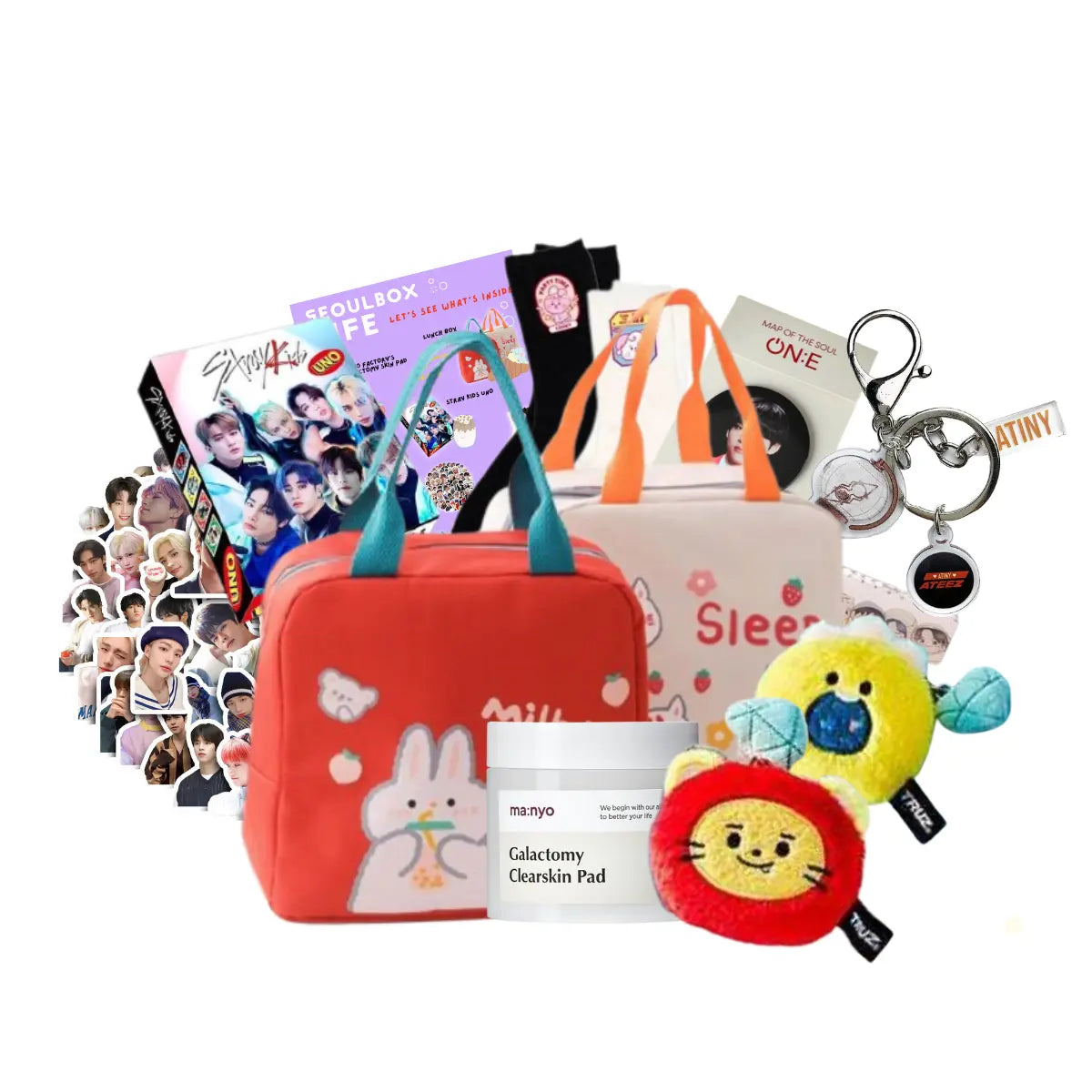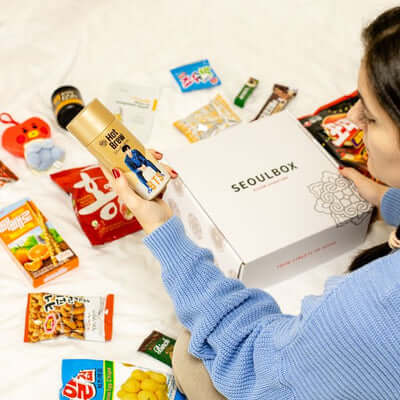JEJU ISLAND TEA
Jeju Island is full of surprises. And one of them is its tea industry and culture. Most of South Korea’s tea comes from this island, and we’re here to tell you more about it!
The Korean Tea Ceremony
 (Image: Credits to the rightful owner)
(Image: Credits to the rightful owner)
Tea has been enjoyed in Korea for over a millennium. Brought by Chinese Buddhist monks during the Goryeo dynasty (918-1392), it was mainly consumed by the aristocracy and government officials on special occasions. Towards the end of the Joseon dynasty (1392-1910), commoners also started drinking tea. However, many tea plantations were destroyed during the Japanese invasion, and the tea culture began to die out.
The Korean Tea Culture Revival Movement was established in the 1970s to bring it back. The members researched and wrote about the history of tea, built centers for tea education, and even chose May 25th to be “Tea Day.” Around this time, they also revitalized the darye, or traditional tea drinking ceremony. (Darye literally means “etiquette for tea.”)
 (Image: Credits to the rightful owner)
(Image: Credits to the rightful owner)
The darye uses green tea and stone- or earthenware pottery in neutral colors. The equipment is laid on a low table covered in linen, or on a mat, and includes:
- A kettle,
- A tagwan (teapot with a handle on the side),
- Cups without handles,
- A cooling bowl,
- Tea coasters, and
- Tongs for the tea leaves
Each season has different equipment and variations. In the summer, the tea is drunk cool in the wider katade bowls.
 (Image: Credits to the rightful owner)
(Image: Credits to the rightful owner)
In the autumn and winter, the tea is served in narrower irabo bowls and drunk hot.
 (Image: Credits to the rightful owner)
(Image: Credits to the rightful owner)
The host/hostess begins the darye by heating the cooling bowl, teapot, and teacups. Then, they steep the tea in the tagwan for 2-3 minutes. They try the tea before serving the guests. The tea is poured in rounds to ensure an even taste. Once the host/hostess has taken their first sip, the guests can start drinking their tea. Due to its slow, relaxing pace, the darye can last a few hours.
 (Image: Credits to the rightful owner)
(Image: Credits to the rightful owner)
The Tea Fields
 (Image: Credits to the rightful owner)
(Image: Credits to the rightful owner)
The OSULLOC tea fields on Jeju Island are some of the bests in the world. But it wasn’t always that way. The land used to be rocky and barren. Then in 1979, OSULLOC founder Jangwon Seo Seong-wan cultivated the Dolsongi tea field. The Seongwang field followed in 1984, and the Hannam field in 1995.
 (Image: Credits to the rightful owner)
(Image: Credits to the rightful owner)
Jeju Island is perfect for growing teas, due to its subtropical climate and nutrient-rich volcanic soil. With an average temperature of 16°C and 1800 mm of rain every year, it’s no wonder Jeju is called the Hawaii of South Korea.
Each field has unique characteristics. The Dolsongi (or Dosun) field is close to Hallasan Mountain and the sea. The salty mountain winds in April give the teas a rich aroma.
 (Image: Credits to the rightful owner)
(Image: Credits to the rightful owner)
Meanwhile, the Seogwang field is considered the biggest and best maintained tea plantation in South Korea. Its tea leaves have a beautiful color thanks to the shade from the mist and clouds…
 (Image: Credits to the rightful owner)
(Image: Credits to the rightful owner)
and the teas from the Hannam field taste great thanks to their high amino acid content, which they get from the warm breeze and sunshine.
 (Image: Credits to the rightful owner)
(Image: Credits to the rightful owner)
The tea plants are farmed with organic methods and fermented with traditional aged paste extracts. It’s no surprise that many of them have won international contests!
The Best Teas
Jeju’s most famous teas are the green teas (or nokcha). And there are a few different varieties. Sejac teas are made with leaves and buds picked after the late April rains…
 (Image: Credits to the rightful owner)
(Image: Credits to the rightful owner)
while Ujeon tea leaves are picked before them.
 (Image: Credits to the rightful owner)
(Image: Credits to the rightful owner)
The gold prize-winning Illohyang tea maintains the shape of the young leaves. It is considered OSULLOC’s best tea and a good present for that special someone in your life.
 (Image: Credits to the rightful owner)
(Image: Credits to the rightful owner)
Matcha is used in lattes, smoothies, and beauty and skin-care products. It already has many health benefits, but Jeju’s volcanic soil gives a boost to the minerals that plants (and humans!) need to stay healthy.
 (Image: Credits to the rightful owner)
(Image: Credits to the rightful owner)
What is something different? Try the Samdayeon Jeju Tangerine Tea for a fruity flavor.
 (Image: Credits to the rightful owner)
(Image: Credits to the rightful owner)
You can also get teas infused with orchids, cherry blossoms, and camellia flowers for something more floral.
Want some snacks to go with your cha? Order yourself a Seoulbox today!

Other Ways to Enjoy Tea on Jeju Island
 (Image: Credits to the rightful owner)
(Image: Credits to the rightful owner)
OSULLOC Tea Museum
 (Image: Credits to the rightful owner)
(Image: Credits to the rightful owner)
South Korea’s first tea museum, opened in 2001. There’s a tea culture room, a display of teacups from around the world, and a tea roastery. And, of course, there’s the tea store.
 (Image: Credits to the rightful owner)
(Image: Credits to the rightful owner)
The OSULLOC Tea Stone (or T-Stone)
 (Image: Credits to the rightful owner)
(Image: Credits to the rightful owner)
Located next to the Museum. Here, you can take a tea class to learn about Jeju’s teas, tea ceremonies, and how to assemble your own tea set. You can also book a museum tour with the green tea class.
There’s so much nature around the Museum.
The Cheongsu Gotjawal Forest has many different plant varieties and is also the world’s largest firefly habitat.
 (Image: Credits to the rightful owner)
(Image: Credits to the rightful owner)
 (Image: Credits to the rightful owner)
(Image: Credits to the rightful owner)
The Mansu-Gil and Camellia Forest has scenic views of the tea fields and Hallasan Mountain. It is also called the “OSULLOC Longevity Road,” after the hope that visitors will enjoy long lives free of disease.
 (Image: Credits to the rightful owner)
(Image: Credits to the rightful owner)
There is also the three-part Chusa’s Exile Road. Named after Joseon-era poet Kim Jeong-hui, the first two paths are two hours long, while the third takes three hours to complete. The second path, “The Rod of Relationship,” passes the Jeju Pottery Museum and ends at OSULLOC’s tea fields.
 (Image: Credits to the rightful owner)
(Image: Credits to the rightful owner)
There are not one, not two, but three places for eating out while experiencing Jeju’s tea culture. Be warned, though, that they are a little more expensive.
 (Image: Credits to the rightful owner)
(Image: Credits to the rightful owner)
The Museum’s OSULLOC Tea Store has some amazing food items, including the Hallabong O Fredo (orange slushie with Jeju milk ice cream) and the popular Green Tea Ice Cream. There are over 40 OSULLOC Tea Store locations in South Korea, so don’t be disappointed if you can’t make it to Jeju’s!
 (Image: Credits to the rightful owner)
(Image: Credits to the rightful owner)
Then there is the Innisfree Jeju House Café, where you can have a picnic with their Picnic Set or drink coffee with their popular Hallasan or Orange Island Cake Sets.
 (Image: Credits to the rightful owner)
(Image: Credits to the rightful owner)
 (Image: Credits to the rightful owner)
(Image: Credits to the rightful owner)
Finally, there’s the Bukchon Tea House, which opened in November 2021. It has a tea bar, tea and tea food ateliers, and a tearoom where you can take classes or just drink tea.
Oh, and did we mention OSULLOC is owned by Korean cosmetics company AmorePacific? While trying out the teas, you can also buy (or make!) your own beauty products at the Innisfree Jeju House.
 (Image: Credits to the rightful owner)
(Image: Credits to the rightful owner)
Who knew that this deceptively simple drink would be one of Jeju Island’s claims to fame? The next time you go to Jeju, make sure to check out the Museum and give its teas a try!
Author: Sophia






